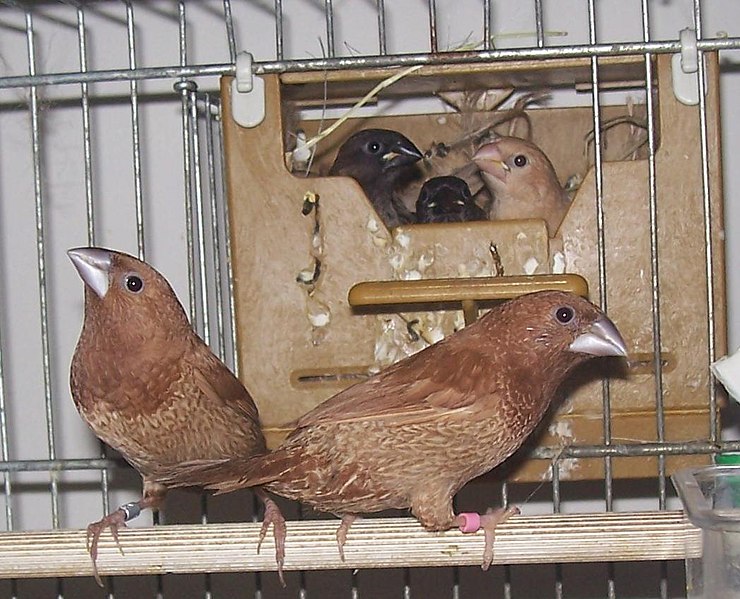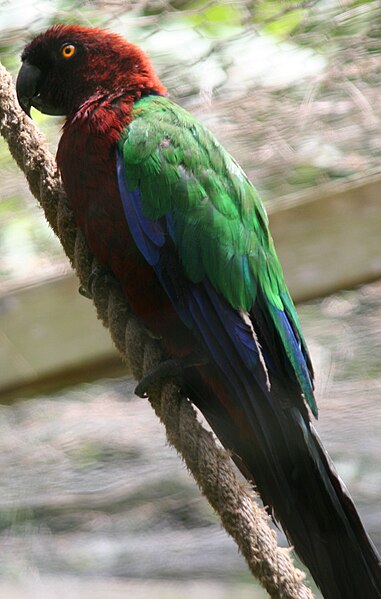 The brilliantly-colored Gouldian Finch is something of an avian anomaly. One of the most sought-after of all cage birds, it is bred in huge numbers by aviculturists worldwide. Wild populations, however, are in serious decline, and have been so for over 30 years. But, in conjunction with governmental and private groups, one dedicated conservationist is helping to brighten the species’ prospects.
The brilliantly-colored Gouldian Finch is something of an avian anomaly. One of the most sought-after of all cage birds, it is bred in huge numbers by aviculturists worldwide. Wild populations, however, are in serious decline, and have been so for over 30 years. But, in conjunction with governmental and private groups, one dedicated conservationist is helping to brighten the species’ prospects.
Taking Action
Self-made millionaire Michael Fidler was first captivated by Gouldian Finches over 40 years ago, when he chanced upon a group in a store in Manchester, England. From that point on, he has been concerned for their future. And while few people can afford to follow in his footsteps, his efforts illustrate the importance of doing whatever is within one’s abilities on behalf of conservation. Be it through money, ideas, teaching or a new observation, we all have some potential to help. Read More »
 That Bird Blog – Bird Care and History for Pet Birds
That Bird Blog – Bird Care and History for Pet Birds




